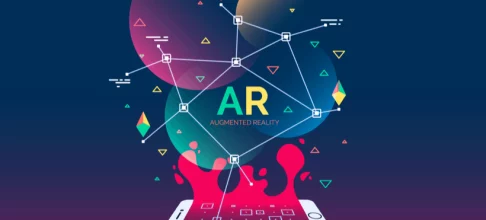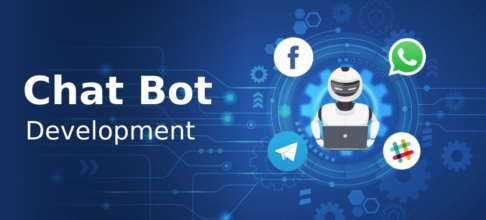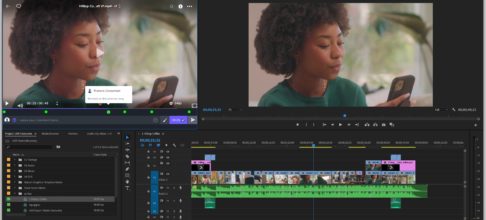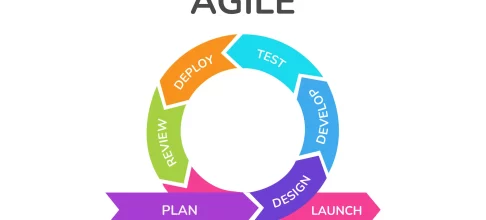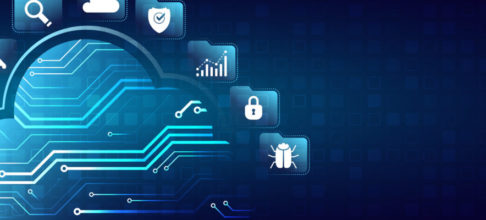Introduction
It's no secret that the internet has revolutionized the way we learn. From providing access to vast libraries of information to connecting students and teachers around the world, the internet has become an invaluable tool for learning. With the power of the internet, students can explore a world of knowledge and gain a deeper understanding of their chosen subjects. Teachers can create engaging lessons and activities that foster critical thinking and collaborationAt KennFlik, we believe that the internet is a game-changer for education. We offer a comprehensive suite of tools and resources to help teachers and students make the most of the internet. Our innovative platform helps teachers create interactive lessons, manage student progress, and provide feedback. We also provide a wide range of educational content, including videos, podcasts, and online activities.Take advantage of the power of the internet and unlock its potential for learning. Visit KennFlik today and start exploring the world of online education. With our help, you can create an engaging and effective learning environment for your students.
The Internet: A Revolutionary Tool for Accessing Quality Education
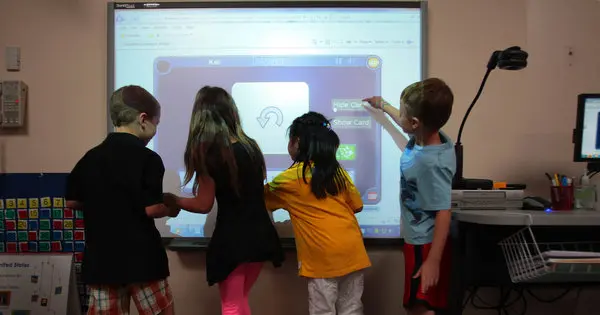
The Internet has revolutionized the way we access quality education. It has become a powerful tool for learning, allowing us to access a wealth of information and resources from anywhere in the world. With the Internet, students can now access quality educational materials, engage in online learning, and even earn degrees without ever leaving their homes.
The Internet has made it easier than ever for students to access quality educational materials. With the click of a mouse, students can access a vast array of educational materials, including textbooks, articles, videos, and more. These materials can be accessed from anywhere in the world, making it easier for students to stay up to date on the latest educational trends and developments.
The Internet has also made it easier for students to engage in online learning. Online learning platforms allow students to take courses from anywhere in the world, at any time. This makes it easier for students to fit learning into their busy schedules and to access quality educational materials from any location.
Finally, the Internet has made it possible for students to earn degrees without ever leaving their homes. Online degree programs allow students to earn degrees from accredited universities without ever stepping foot in a classroom. This makes it easier for students to pursue their educational goals without having to worry about the cost and time associated with traditional education.
The Internet has revolutionized the way we access quality education. It has made it easier than ever for students to access educational materials, engage in online learning, and even earn degrees without ever leaving their homes. With the Internet, students can now access quality educational materials, engage in online learning, and even earn degrees from anywhere in the world.
The Internet: Unlocking New Possibilities for Learning
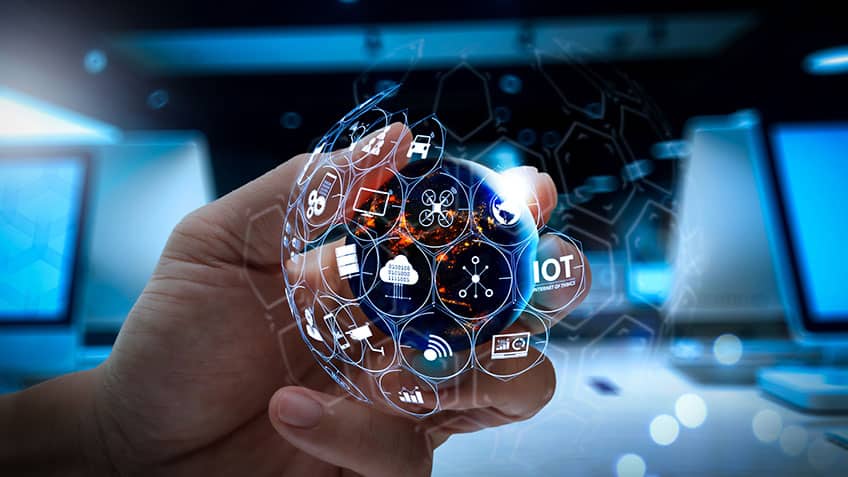
The Internet has revolutionized the way we learn. It has unlocked new possibilities for learning that were never before possible. From online courses to virtual classrooms, the Internet has made learning more accessible and convenient than ever before.
The Internet has made it possible for students to access information from all over the world. Through online courses, students can access course materials, lectures, and discussions from experts in their field. This allows students to learn from the best in the world, no matter where they are located.
The Internet has also made it possible for students to take classes from the comfort of their own home. With virtual classrooms, students can attend lectures, participate in discussions, and complete assignments without ever leaving their home. This makes it easier for students to balance their studies with their other commitments.
The Internet has also made it possible for students to collaborate with their peers from around the world. Through online forums and social media, students can share ideas, ask questions, and work together on projects. This allows students to learn from each other and gain valuable insights into different cultures and perspectives.
Finally, the Internet has made it possible for students to access a wealth of educational resources. From online libraries to educational websites, students can find the information they need to succeed in their studies. This makes it easier for students to stay up to date on the latest developments in their field and to stay ahead of the curve.
The Internet has opened up a world of possibilities for learning. From online courses to virtual classrooms, the Internet has made learning more accessible and convenient than ever before. With the Internet, students can access the best resources, collaborate with their peers, and stay ahead of the curve. The Internet has unlocked new possibilities for learning, and it is only getting better.
The Internet: Enhancing Student Engagement and Retention
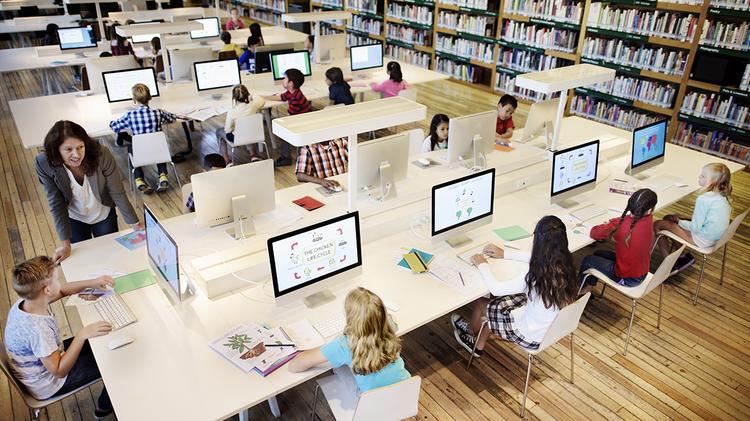
The Internet has revolutionized the way students learn, interact, and retain information. It has become an invaluable tool for educators, allowing them to create engaging and interactive learning experiences that foster student engagement and retention.
The Internet has enabled students to access a wealth of information and resources that were previously unavailable. Students can now research topics, access online lectures, and collaborate with peers in real-time. With the ability to access and share information quickly and easily, students can stay up-to-date on current events and develop a deeper understanding of topics.
The Internet also provides students with the opportunity to interact with their peers in meaningful ways. Through online discussion boards, students can engage in meaningful conversations and share ideas with their peers. This type of collaboration helps students to better understand the material and develop a sense of community.
In addition, the Internet can be used to create interactive learning experiences. Through the use of online simulations, virtual reality, and interactive videos, students can gain a more immersive understanding of the material. By providing students with engaging and interactive learning experiences, educators can increase student engagement and retention.
Finally, the Internet can be used to track student progress and provide feedback. Through the use of online quizzes and assessments, educators can track student progress and provide timely feedback. This type of feedback can help students to better understand the material and stay motivated.
In conclusion, the Internet has revolutionized the way students learn, interact, and retain information. By providing students with access to a wealth of information, the opportunity to collaborate with peers, and engaging and interactive learning experiences, educators can increase student engagement and retention.
The Internet: Redefining the Classroom Experience
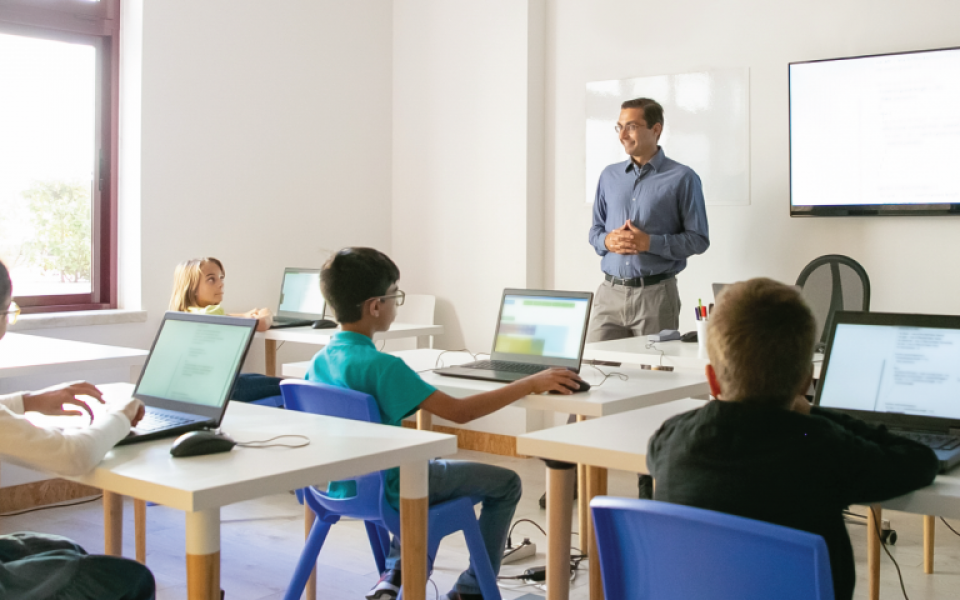
The Internet has revolutionized the way students learn and engage with their studies. It has opened up new possibilities for learning, allowing students to access educational resources from anywhere in the world. The Internet has also changed the way teachers teach, providing them with new tools and techniques to engage their students. By leveraging the power of the Internet, teachers can create a more interactive and engaging classroom experience for their students.
The Internet has made it possible for students to access educational resources from anywhere in the world. Students can now access online libraries, databases, and textbooks, as well as online lectures and tutorials. This allows them to access information that may not be available in their local libraries or schools. Additionally, students can access educational resources from a variety of sources, including websites, podcasts, and video lectures. This allows them to explore a variety of topics and gain a deeper understanding of the material.
The Internet has also changed the way teachers teach. By leveraging the power of the Internet, teachers can create a more interactive and engaging classroom experience for their students. Teachers can use online tools such as discussion boards, video conferencing, and virtual classrooms to facilitate collaboration and communication between students and teachers. Additionally, teachers can use online tools to assess student progress and provide feedback in real-time. This allows teachers to tailor their instruction to the individual needs of their students.
The Internet has also changed the way students interact with their peers. Online discussion boards and social media platforms allow students to engage in meaningful conversations with their peers. This allows them to learn each other and develop a deeper understanding of the material Additionally, students can use online tools to collaborate on and assignments, which can them develop their problem-olving and critical thinking skills
The Internet hasefined the classroom experience, providing and teachers with new tools and techniques to engage with each other and with the material. By leveraging the power of the Internet, teachers can create a more interactive and engaging classroom experience for their students. Additionally, students can access educational resources from a variety of sources, collaborate with their peers, and develop their problem-solving and critical thinking skills. The Internet has truly revolutionized the way students learn and engage with their studies.
The Internet: Expanding Educational Opportunities for All
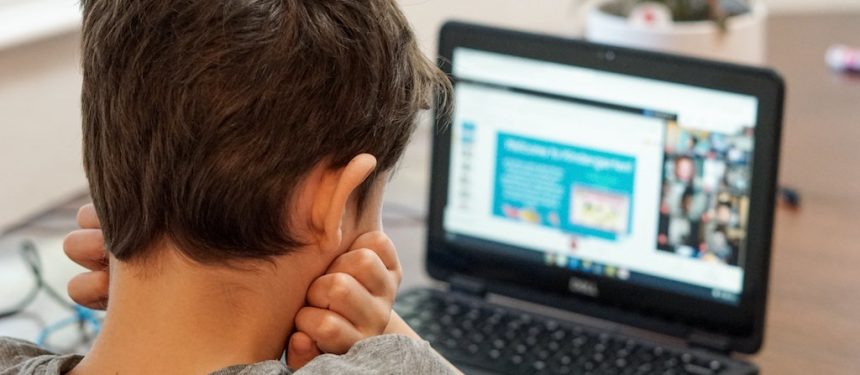
The Internet has revolutionized the way we learn, allowing us to access a wealth of information and resources from anywhere in the world. It has opened up educational opportunities for all, regardless of location, financial means, or physical ability.
The Internet has made education more accessible than ever before. Students can access educational materials from the comfort of their own homes, without having to worry about the cost of transportation or the time constraints of a traditional classroom. Online courses and tutorials offer a wide range of topics and can be tailored to fit individual needs.
The Internet has also made it easier for students to connect with their peers mentors. Online discussion forums and chat rooms provide a platform for students to ask questions, share ideas, and collaborate on projects. This allows students to learn from each other and build relationships with like-minded individuals.
The Internet has also enabled the development of innovative educational tools and resources. Online libraries, search engines, and digital textbooks provide students with access to a wealth of information. Virtual reality and augmented reality applications can provide immersive learning experiences. Online tutoring services can provide personalized instruction and feedback.
The Internet has made education more equitable and inclusive. Students with disabilities can access educational materials and resources that may not be available in a traditional classroom setting. Distance learning programs can make it easier for students in rural or remote areas to access educational opportunities.
The Internet has revolutionized the way we learn, providing unprecedented access to educational resources and opportunities. It has opened up educational opportunities for all, regardless of location, financial means, or physical ability. With the right tools and resources, the Internet can help level the playing field and provide educational opportunities for all.
Conclusion
The Internet has revolutionized the way we learn and has become a game-changer for education. It has opened up new opportunities for students and educators alike, allowing for more access to information, increased collaboration, and improved communication. With the Internet, students can now access resources from around the world, collaborate with peers and experts, and stay connected with their peers and teachers. The Internet has revolutionized the way we learn and has made education more accessible and interactive. By utilizing the Internet, educators can create a more engaging learning environment and provide students with the resources they need to succeed.


